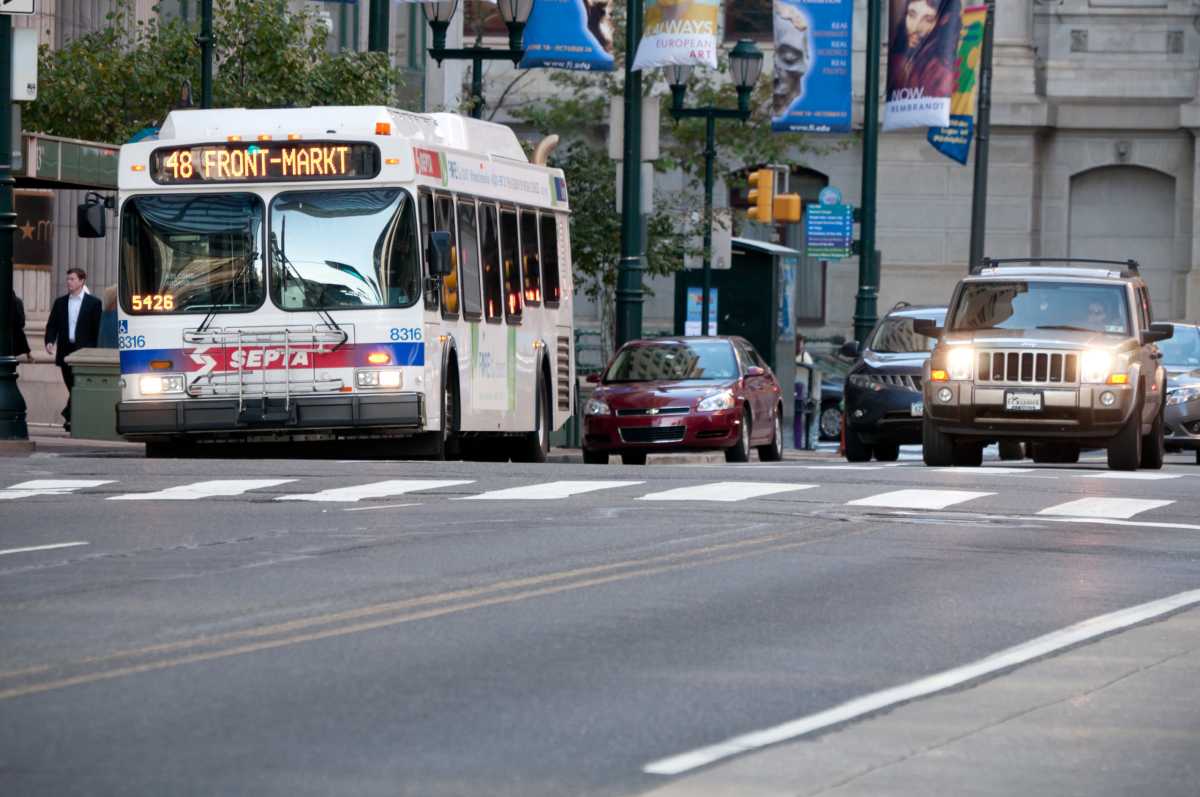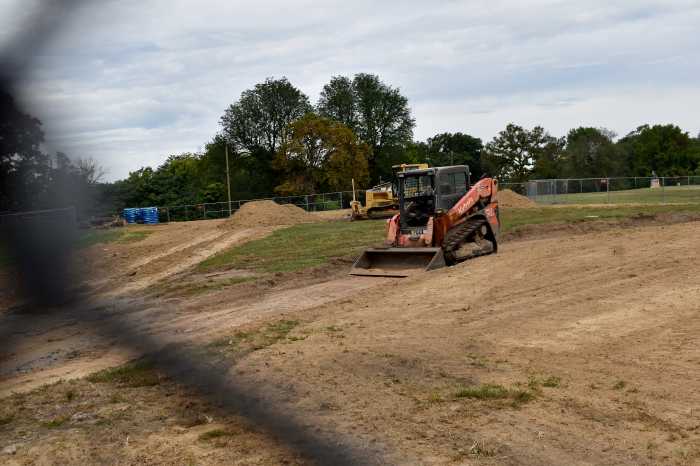The Bus Revolution plan has been finalized, and SEPTA’s board, which previously put off a vote on the proposal multiple times, is set to consider the redesigned bus network for final approval later this month.
Alterations to the plan rolled out last week mainly undid previous changes, restoring sections of several routes so that they more resemble the current alignment.
The revised proposal was informed by a series of community meetings SEPTA held after members of City Council, led by Majority Leader Katherine Gilmore Richardson, intervened to ask for additional time and feedback.
Gilmore Richardson’s advocacy led to eight additional public sessions and also altered the timeline for the redesign’s implementation.
SEPTA had been hoping to begin shifting routes this summer and fall; now, authority officials say, riders will begin to see changes next summer and fall. Periodic schedule changes for bus drivers – known has “pickings” – also influenced the timing.
SEPTA’s board was originally scheduled to consider Bus Revolution in December. A vote was delayed a month, and then tabled for a special hearing two weeks later. That meeting was canceled.
Then Gilmore Richardson, who had previously expressed concerns about the plan, stepped in and asked that the authority get more input, particularly from communities of color and seniors.
Gilmore Richardson, an at-large Council member, acknowledged the blowback from transit advocates and others worried about delaying a project that had already been subject to an extensive engagement campaign. But she did not apologize and, in a statement April 30, expressed support for the revised final draft.
“As a result of these additional community meetings, SEPTA listened to the concerns of residents that have been using the bus system for generations and rely on it alone to live their daily lives,” Gilmore Richardson said.

The network design incorporated the below changes (in comparison to the Bus Revolution plan released in December) following the most recent public meetings.
- Reinstate the full alignment of Route 32 between Roxborough and South Broad Street
- Reinstate the full alignment of Route 16 to City Hall
- Restore the full-length alignment of Route 57 (removing the split at York and Dauphin)
- Reinstate Route H as Route 71
- Extend Route 26 to the new Wissahickon Transit Center
- Reinstate Route 12 to 50th and Woodland
- Extend Route 73 along Aramingo and Frankford Avenues (replacing Route 25)
In addition, based on feedback from Council, the Bus Revolution team restored the Route 18 alignment in Cedarbrook and increased the frequency of Route 52 buses at 54th Street and City Avenue, according to SEPTA.
Many routes would undergo significant changes as a result of Bus Revolution. Some are slated to be eliminated, while authority planners are proposing a few new routes.
Overall, the number of bus lines would decrease from 125 now to 106, with six on-demand transit zones in suburbs that currently see low ridership. There would be 44 frequent routes – meaning buses that come every 10 or 15 minutes for most of the day – compared to 33 in the current network.
SEPTA leaders believe the reconfiguration will provide simpler, more frequent and more reliable service and address declining bus ridership, which dropped about 15% between 2013 and 2019 in the Philadelphia region.
The authority’s board is expected to consider Bus Revolution at its May 23 meeting – perhaps the last opportunity for formal public feedback on the project.
If the plan is approved, SEPTA is planning a yearlong outreach and education effort to inform riders of the new network.
For more information and to see route-by-route changes, go to septabusrevolution.com.





























